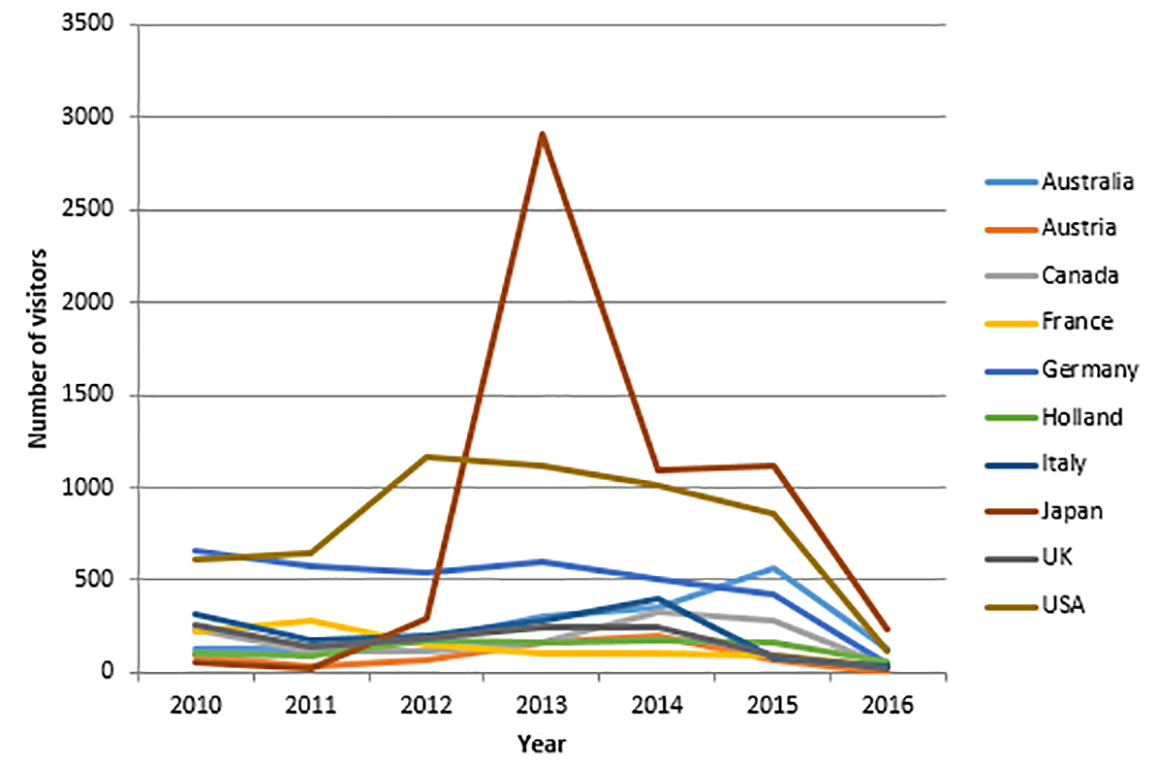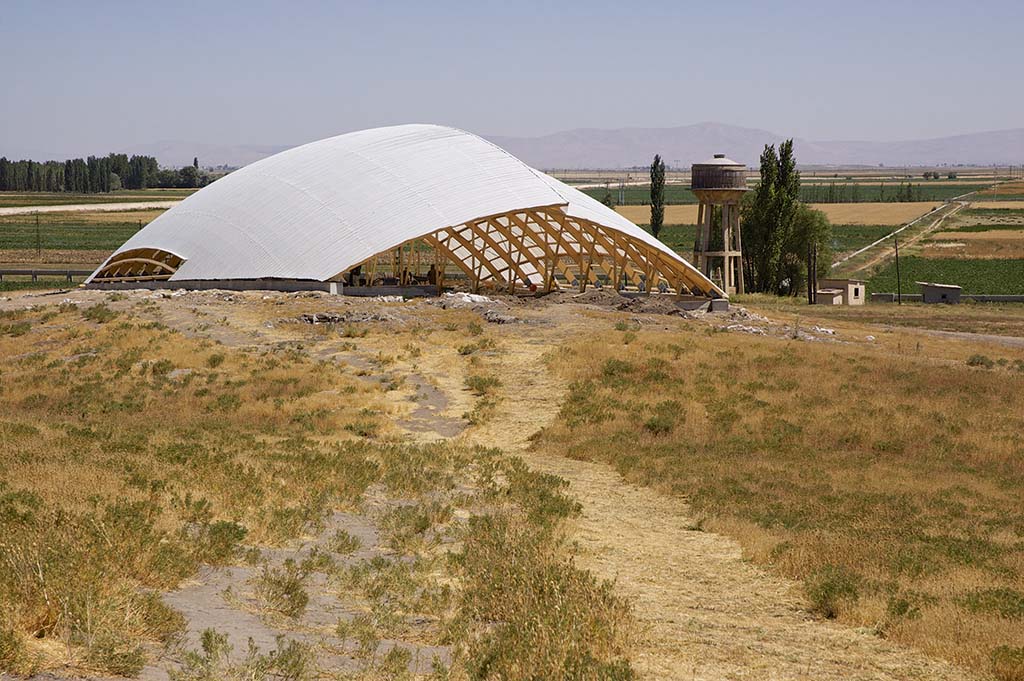Article by Katrina Gargett
UNESCO World Heritage Status is undoubtedly a well-known accolade, with hundreds of cultural and natural properties inscribed all over the world, and hundreds of thousands of tourists visiting them every year. It is widely acknowledged that inscription brings with it not only increased tourism, but economic gain for the site and local communities. Despite this, and a huge body of research on World Heritage Site status, very little has been done in the way of empirical research to assess the impacts of inscription on specific sites from the “ground up.”
There are a number of reasons for this, many of them site-specific, however the main reason may simply be due to the fact that some sites have inadequate visitor data. In other words, they don’t have numbers from both before and after inscription, allowing for valid comparisons to be made. This is problematic when trying to assess the full extent, and necessity, of World Heritage Site (WHS) status and its impact.
This is where Ҫatalhöyük might help to add depth to our understanding of the concrete effects of WHS. Ҫatalhöyük was inscribed in 2012 under Criterion iii and iv of the Criteria for Selection, due to its “unique testimony to a moment of the Neolithic” and as an “outstanding settlement type of the Neolithic.” As a relatively young WHS it provides the perfect opportunity to look at the short term and immediate impact of listing. To further this, since 2002, Ҫatalhöyük’s site guards have been collecting visitor numbers and demographic information in order to study the people passing through the site each year. The longevity of consistent data collection and means that, unlike many sites across the globe, the impact on visitors can be easily observed.

Over the past year I have been studying the impact of WHS inscription on three of the main stakeholder groups involved in the site: the visitors, researchers and local community. By interviewing key members of the Ҫatalhöyük Research Project, distributing visitor questionnaires, and collating the existing visitor data, I have slowly been able to build a picture on some of the effects that inscription has had on these three groups. This has turned up interesting results. In terms of visitors there has been a huge spike in the number of international tourists post-inscription, particularly of Japanese origin. This now seems to be dropping to numbers seen pre-inscription and it will be interesting to observe whether they will continue to drop in the coming years.
Assessing the impact of WHS on researchers and the local community has been slightly more challenging. Interviews with various members of the ҪRP, including site director, Ian Hodder, and Head of Conservation, Ashley Lingle, have suggested that the effect on researchers has included an increase in workload (in terms of producing State of Conservation reports) but also advantages in securing research grants, amongst other things. For the local community at Küçükköy, the small village just outside of Ҫatalhöyük, the effects have also been mostly implicit. Interviews with the site guards’, themselves members of the community, have suggested that, although they have not yet seemingly gained economically from inscription, they do feel a sense of civic pride that Ҫatalhöyük has been recognised globally.
Ultimately, studying the short-term impact at Ҫatalhöyük has been instrumental in understanding how WHS can benefit a site, and we are only just beginning to understand the wider implications of inscription, both for Ҫatalhöyük specifically and for the site’s greater position in Turkey’s cultural tourism industry. It is my hope that this research can contribute meaningfully both to the current on-site visit research and to the body of existing empirical research concerning UNESCO impacts in general. It is also my aim to publish this research in the near future, but until then I hope I have given you a taster of the importance of Ҫatalhöyük in understanding how WHS status can affect both places and people on the site-specific level and from the “ground-up."






